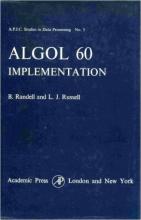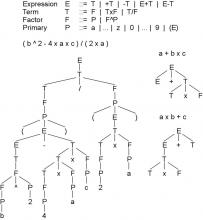 Set up in the 1950’s, the ACM/GAMM Committee, made up of European and American computer scientists, decided to develop the first block-structured language on 11 January 1960. Short for algorithmic language (ALGOrithmic Language), ALGOL 60 was thus created. Block-structure implies that the blocks in the programme are independent units, and sub-programmes can be embedded.
Set up in the 1950’s, the ACM/GAMM Committee, made up of European and American computer scientists, decided to develop the first block-structured language on 11 January 1960. Short for algorithmic language (ALGOrithmic Language), ALGOL 60 was thus created. Block-structure implies that the blocks in the programme are independent units, and sub-programmes can be embedded.

 ALGOL 58, the first (non-final) version, was developed between 1955 and 1958. ALGOL 60 is regarded to be the first final version, which was also approved by a conference in Paris held in the same year. Eight years later a new version, ALGOL 68 was published after multiple development.
ALGOL 58, the first (non-final) version, was developed between 1955 and 1958. ALGOL 60 is regarded to be the first final version, which was also approved by a conference in Paris held in the same year. Eight years later a new version, ALGOL 68 was published after multiple development.
Free-format ALGOL was used for decades to describe algorithms in scientific articles, and it was most widely used in research and education. It supported modular programming, dynamic storage allocation, had a relatively small instruction set, and its sytax very much resembled human language.
IT history considers ALGOL to be one of the most significant languages in computer science. On the one hand, it introduced a lot of innovations compared to previous programming languages, on the other hand its block-structure was generally adopted in important languages to come (Pascal, C).
